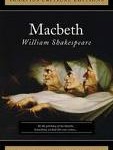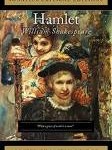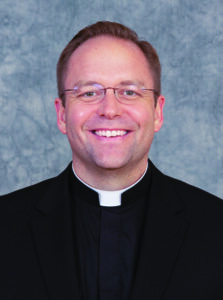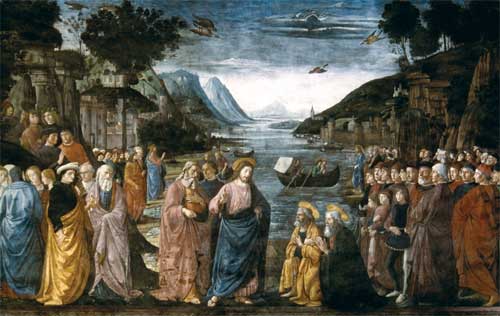Podcast: Play in new window | Download (Duration: 46:39 — 32.0MB) | Embed
Subscribe: Apple Podcasts | Spotify | Amazon Music | Android | Pandora | iHeartRadio | JioSaavn | Podchaser | Gaana | Podcast Index | Email | TuneIn | Deezer | Anghami | RSS | More
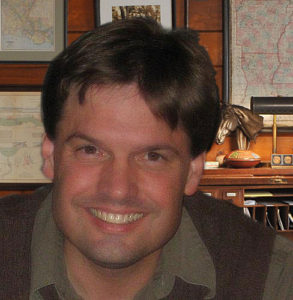 Dr. Lilles continues the spiritual explorations of the Letters of St. Elizabeth of the Trinity. In this episode, our conversation reflects on letter 185:
Dr. Lilles continues the spiritual explorations of the Letters of St. Elizabeth of the Trinity. In this episode, our conversation reflects on letter 185:
185
[November 28, 1903]
Dijon Carmel,
November 28J. M. + J. T.
“Ipsi sum desponsata cui Angeli serviunt.” Monsieur l’Abbé, Thank you for your good prayers, thank you for your letter. What you tell me about my name does me much good; I love it so much, it expresses my entire vocation; when I think of it my soul is carried away in the great vision of the Mystery of mysteries, in the Trinity that even here below is our cloister, our dwelling, the Infinite within which we can pass through everything. At the moment I am reading some very beautiful pages in our blessed Father Saint John of the Cross on the transformation of the soul in the three Divine Persons. Monsieur l’Abbé, to what an abyss of glory we are called! Oh! I understand the silence, the recollection of the saints who could no longer leave their contemplation; thus God could lead them to the divine summits where union is made perfect between Him and the soul who has become His bride, in the mystical sense of the word. Our blessed Father says that then the Holy Spirit raises it to so wonderful a height that He makes it capable of producing in God the same spiration of love that the Father produces in the Son and the Son in the Father, the spiration that is the Holy Spirit Himself ! To think that God calls us by our vocation to live in this holy light! What an adorable mystery of charity! I would like to respond to it by living on earth as the Blessed Virgin did, “keeping all these things in my heart,”6 burying myself, so to speak, in the depths of my soul to lose myself in the Trinity who dwells in it in order to transform me into itself. Then my motto, “my luminous ideal,” as you said, will be accomplished: it will really be Elizabeth of the Trinity! . . .
I am very grateful to you for having sent me your instruction; it can apply to a Carmelite as well as to a priest, and I loved reading it on the 21st, the day we had the beautiful ceremony of the renewal of our holy vows. You see how perfectly it suited the occasion!
Monday I will say the Office of Saint Andrew for you, and I will offer Holy Communion for that same intention. May you be submerged, invaded by the great river of Life, may you feel the springs of living water well up from the deepest part of your soul, so that God may be your All. I have entrusted this desire you formed in my soul into the hands of her who was so completely God’s “thing,” and she will speak to you in the silence of your soul. With you, I remain wholly adoring the Mystery.
Sr. M. Eliz. of the Trinity r.c.i.
The death of Monsieur Chapuis12 grieved me deeply: to think God has loved so much and that some souls close themselves off to the action of this love. . . .
Catez, Elizabeth of the Trinity. The Complete Works of Elizabeth of the Trinity volume 2: Letters from Carmel (pp. 135-137). ICS Publications. Kindle Edition.
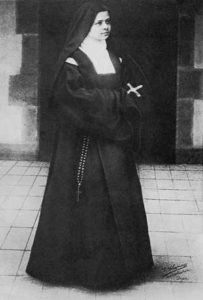
Special thanks to Miriam Gutierrez for her readings of St. Elizabeth’s letters
For other episodes in the series visit
The Discerning Hearts “The Letters of St. Elizabeth of the Trinity” with Dr. Anthony Lilles’
Anthony Lilles, S.T.D. is an associate professor and the academic dean of Saint John’s Seminary in Camarillo as well as the academic advisor for Juan Diego House of Priestly Formation for the Archdiocese of Los Angeles. For over twenty years he served the Church in Northern Colorado where he joined and eventually served as dean of the founding faculty of Saint John Vianney Theological Seminary in Denver. Through the years, clergy, seminarians, religious and lay faithful have benefited from his lectures and retreat conferences on the Carmelite Doctors of the Church and the writings of St. Elisabeth of the Trinity.


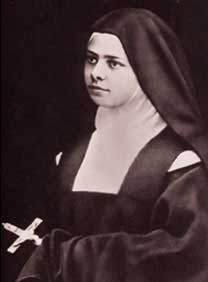
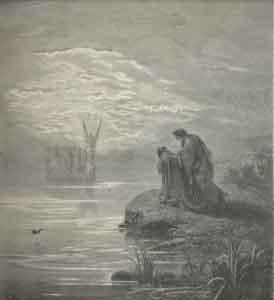
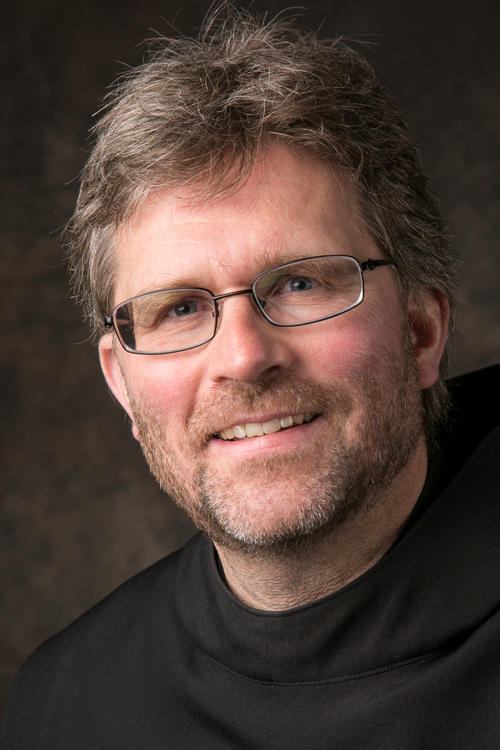
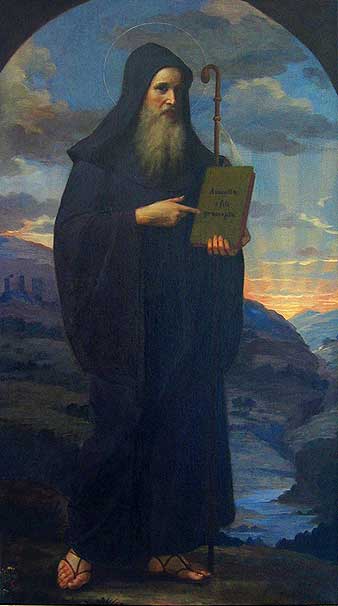 From the
From the 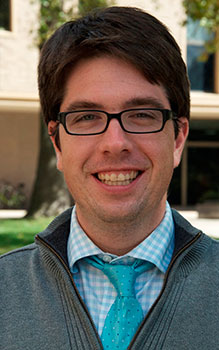 A great conversation with Dr. Timothy O’Malley, Director of the Notre Dame Center for Liturgy and author of “Off the Hook: God, Love, Dating and Marriage in a Hook-up World. ” He had me at “nuptial mystagogy.” I love a theologian who deeply appreciates the font of grace present in our liturgical expression and sacramental experience. From this point forward, this is THE book for practical, life-sustaining marriage formation. Outstanding!
A great conversation with Dr. Timothy O’Malley, Director of the Notre Dame Center for Liturgy and author of “Off the Hook: God, Love, Dating and Marriage in a Hook-up World. ” He had me at “nuptial mystagogy.” I love a theologian who deeply appreciates the font of grace present in our liturgical expression and sacramental experience. From this point forward, this is THE book for practical, life-sustaining marriage formation. Outstanding!

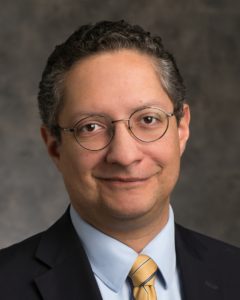
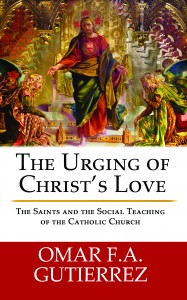
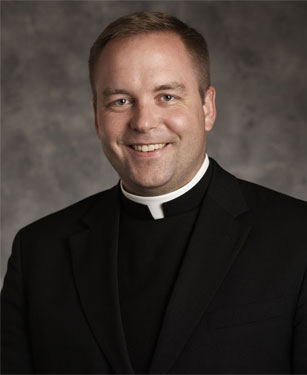
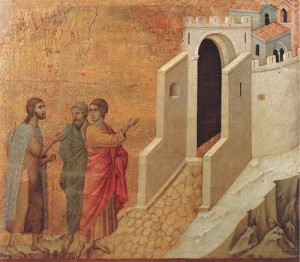 Based on “Is Jesus Calling You To Be A Catholic Priest: A helpful guide,” published by National Conference of Diocesan Vocation Director.
Based on “Is Jesus Calling You To Be A Catholic Priest: A helpful guide,” published by National Conference of Diocesan Vocation Director.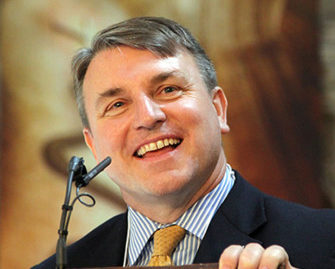
 Probably the darkest of all Shakespeare’s plays, Macbeth is also one of the most challenging. Is it a work of nihilistic despair, “a tale told by an idiot, full of sound and fury, signifying nothing”, or is it a cautionary tale warning of the dangers of Machiavellianism and relativism? Does it lead to hell and hopelessness, or does it point to a light beyond the darkness?
Probably the darkest of all Shakespeare’s plays, Macbeth is also one of the most challenging. Is it a work of nihilistic despair, “a tale told by an idiot, full of sound and fury, signifying nothing”, or is it a cautionary tale warning of the dangers of Machiavellianism and relativism? Does it lead to hell and hopelessness, or does it point to a light beyond the darkness?